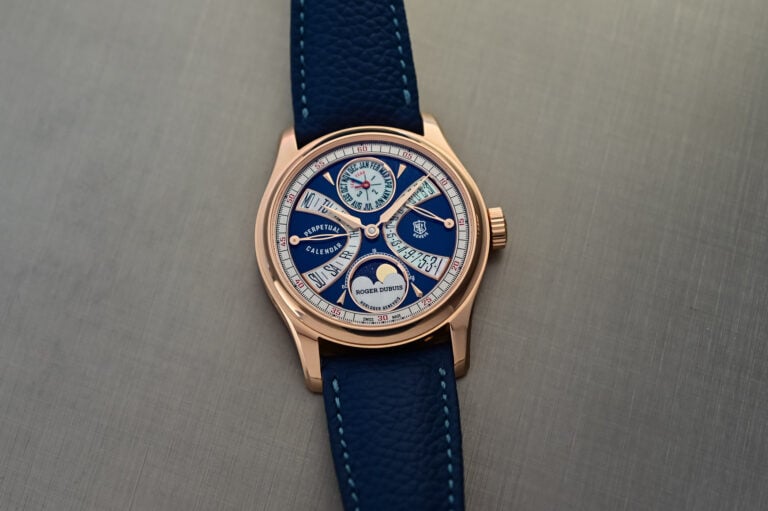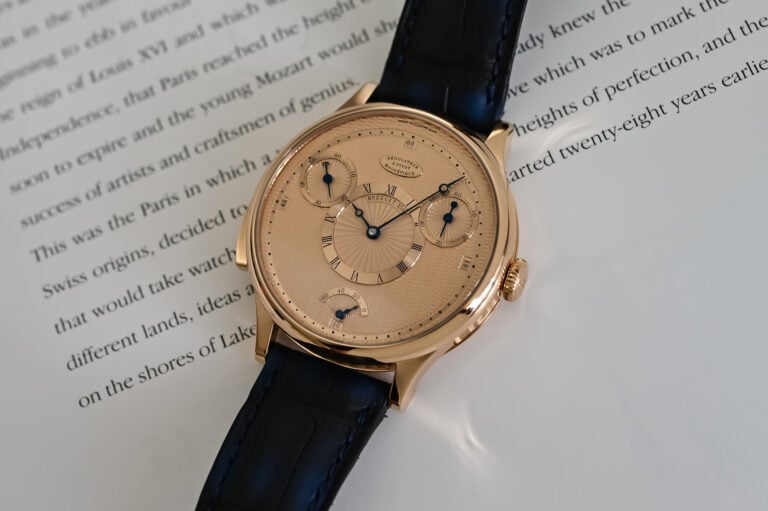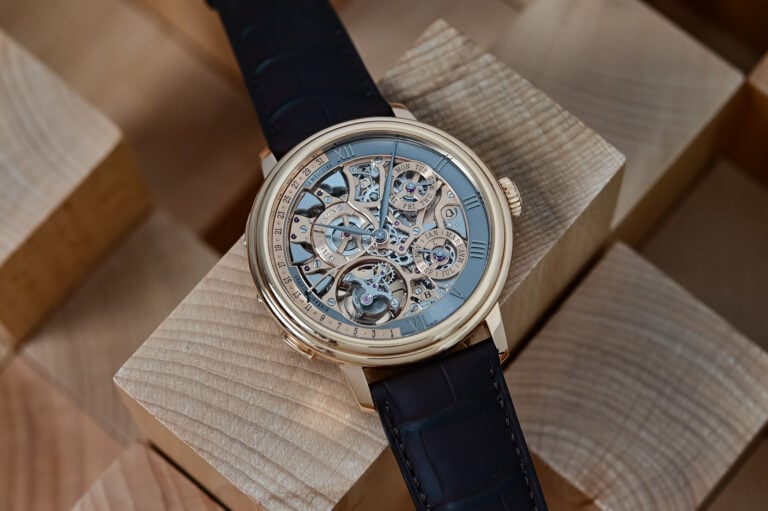The foundation or base of a watch movement that all other bridges and parts are mounted to. Usually made of brass or German silver.
The energy producing spring in a mechanical watch or clock, housed in a small drum called the barrel. The watch movement is driven by the mainspring as it unwinds.
Refers to a watch company that produces its own movements and main parts in-house, not relying on third-party suppliers. Also known as vertically integrated.
A clock or timepiece certified as accurate enough to be used for maritime navigation. Traditionally, the position of a celestial body is measured with a sextant and the exact time of the measurement allows a navigator to determine the ship’s longitude.
An additional certification by watchmaker Omega, where watches that are already COSC certified go through eight additional tests via independent party, METAS (The Federal Institute of Metrology). This provides a type of double certification for accuracy and resilience.
A unit of length that equals one millionth of a metre or 1/1000mm. It’s used in scientific applications and is sometimes applicable in fine watchmaking, including the thickness measurement of gold plating.
Complication in which a hammer strikes a gong within a watch movement when a pusher is manually pressed, audibly indicating the time by first striking the hours, then quarters and lastly minutes.
Also referred to as a subscription watch. It describes the process of subscribing or reserving a watch that is yet to be built with a down payment. It is believed Abraham Louis Breguet first came up with the idea of subscription watches.
A complication that shows the phases of the moon via a rotating disc through an aperture in the dial. The four moon phases are new moon, first quarter, full moon, last quarter.
A lustrous, iridescent material from the interior shell of freshwater mollusks, carefully sliced and polished to create luxury watch dials. Colors range from the common milky white to silver, grey, blue, salmon and more.
An older American system (from high-end railroad watches) that protected the movement from a broken mainspring. It reverses the functions of the barrel and arbor (barrel’s axel). The barrel turns to wind the watch instead of the arbor, while the arbor then turns as the mainspring unwinds instead of the barrel. If a mainspring should break, the sudden shock would subsequently hit the winding gears instead of the fragile gear train, protecting the movement from damage.
The inner mechanism of a watch (the engine) that moves the watch hands and complications. A movement is either mechanical or quartz.



